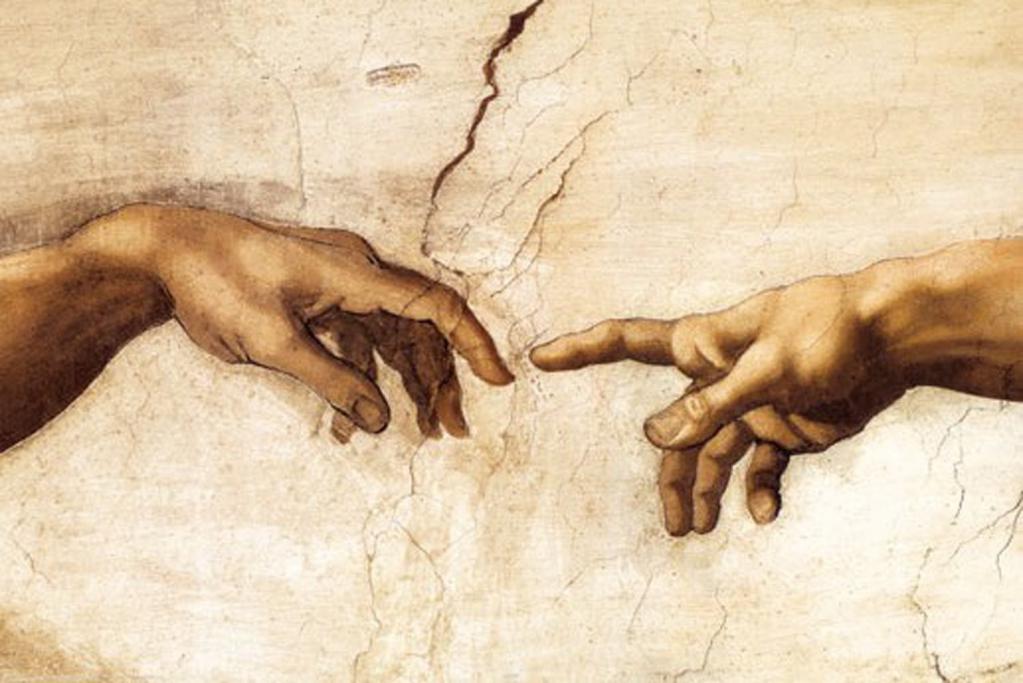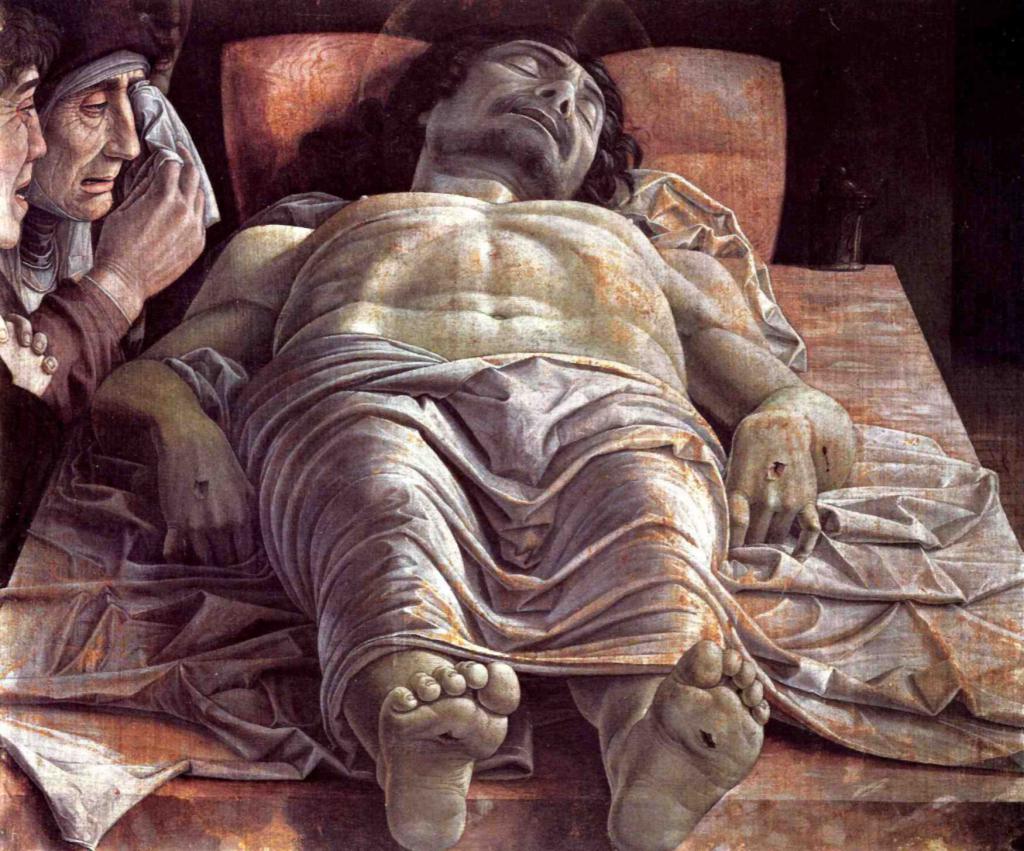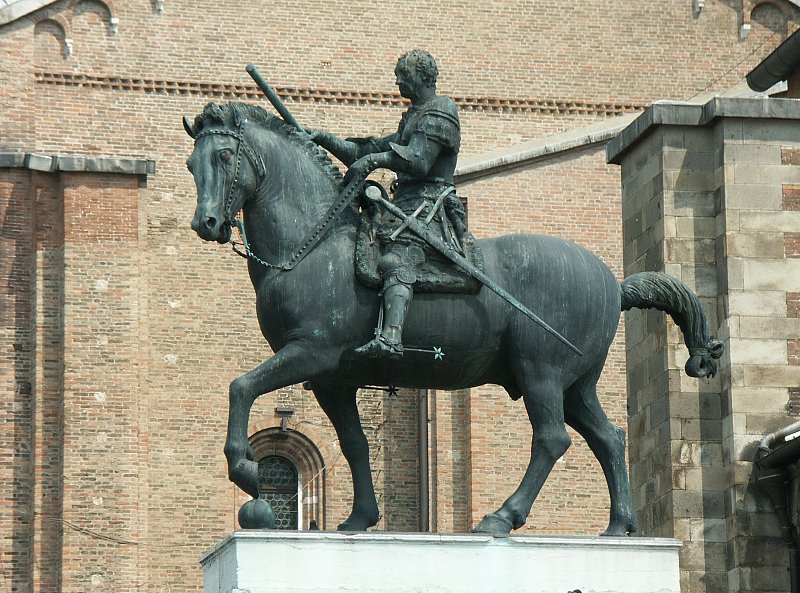The Renaissance, or Renaissance, is an amazing time that gave the world a galaxy of great and versatile masters who laid the foundations of the art of the following centuries. What is now considered a classic proven over the centuries was then daring innovation. Allocate in the Renaissance quattrocento - the period covering the XV century.
Renaissance
What was revived during the Renaissance? Its name is associated with a return to the aesthetics and values of antiquity. Without departing from Christianity, artists and sculptors included antique plots in their repertoire, and biblical characters began to resemble ancient gods and heroes. It was a kind of pullback, a thaw after the harsh Middle Ages. These difficult centuries with religious fanaticism and intolerance carried a spirit of contempt for everything carnal and earthly. Gothic statues were dry, ascetic and not always believable, the painting was not much separated from icon painting.

In the Renaissance, there is a return to the aesthetics of the earth, physicality, sensuality. One of its main signs was the desire for harmony. This was expressed not only in painting. One of the ideas related to harmony, balance was the idea of diversified development. Few in what era did so many “universal people” create. The most striking example was Leonardo da Vinci - an engineer and inventor, artist and architect, philosopher and writer, biologist and anatomist ... It is difficult to list the areas he touched. And also, they say, the Renaissance giant sang very well, played musical instruments, loved physical exercises and was very strong. The ideas of a universal person resulted in the creation of schools, where the diversified development of students was encouraged. In many ways, they became the forerunners of modern education with its breadth of science.
What is Quattrocento?
The term quattrocento comes from the Italian "four hundred." So they call the period of the Renaissance, which fell on the XV century, so it is associated with the 1400th years.
Quattrocento is a turning point in the development of European culture. The works of this period show a sharp leap from medieval icon painting, some naivety and decorativeness to realism and liveliness of the Renaissance. A quattrocento was formed and manifested in Italy, just like the Renaissance era itself, which soon began to touch other countries. The center of change was Florence. Antique images in Quattrocento decorative painting are becoming more widespread. The same motives penetrate sculpture and architecture.
And what happened before?
It is worth starting with the origins, namely, that which preceded the quattrocento - trecento. This period is also called the Proto-Renaissance. The main turn to the Renaissance manifested itself at this time in painting. The most striking representative of the trecento was Giotto Bondone. Despite the closeness of his works to the icon, the volume indicated by chiaroscuro already appears in them.
In addition, this period found vivid manifestations in the literature. The works of Petrarch, Dante, Boccaccio are imbued with a completely new spirit of humanism.
Quattrocento Art
The three pillars of the quattrocento can be called the artist Masaccio, the sculptor Donatello and the architect Brunelleschi. There are other creators who have left an important contribution to the culture of this era.
Quattrocento painting was greatly influenced by the theory of perspective. However, it was born in architecture.
Painting
Paolo Uccello's idea of perspective inspired an intricate game. The artist liked to depict checkered floors, rooms full of corners. True, many of his works still bear the stamp of past traditions; they are easily confused with medieval ones.
Masaccio preferred to use perspective in order to give the image tangibility and vitality. The real name of the artist is Tommaso di Giovanni di Simone Kassai. Masaccio is a nickname with a rather derogatory suffix, meaning "big" or "clumsy." Like many creative personalities, the artist was scattered, somewhat estranged from the world, but he was distinguished by his breadth of soul and good disposition. The most striking of his creations are the frescoes of the chapel of Brancacci, especially the “Expulsion from Paradise”. The figures are monumental and sculptural. It is as if they were not painted, but fashioned using chiaroscuro.
Unfortunately, the artist passed away at only 27 years old. But those works that he managed to create, speak of his creative power.
Another famous artist of the Quattrocento era is Andrea Mantegna. In his works, one can observe the transition from medieval icon painting to the anatomy of figures and expressive faces. He is considered the founder of painting on canvas. Some of Mantegna's works have a very bold choice of angle - for example, angels are visible from the bottom up in the ceiling painting. In the painting “Dead Christ”, the body of the Savior is also visible from the side of the feet. To achieve expressiveness, proportions are somewhat distorted - the feet are small compared to the head.

The most famous quattrocento artist is considered to be Sandro Botticelli. Especially the spirit of the beginning of the Renaissance is reflected in the images of Venus - “The Birth of Venus” and “Spring”. The ideal of beauty of this artist is somewhat different from the female images familiar to other authors. Unlike strong, rounded figures based on ancient ideals, his Venus looks fragile, defenseless and mysterious. And yet she also expresses inner spiritual strength. Venus is the embodiment of love. The artist, who was part of the circle of Florentine scholars, actively used allegories and relied on poetic programs developed in this society.
Sculpture
In sculpture, Donatello most clearly manifested himself, whose real name is Donato di Nicolo di Betto Bardi. One of the important merits of this sculptor is the revival of a freestanding round statue, its separation from architecture. The fact is that in the Middle Ages statues were most often represented in the niches of buildings. This did not allow the viewer to inspect the work of art from all sides. Donatello returns to the traditions of antiquity. However, the plot selects the biblical and depicts David. The young shepherd, the future king, appears like an antique victorious hero. His posture and figure are distinguished by grace. Donatello's innovation is also that he shows the biblical hero naked. For that time, this was unheard of courage.

His other famous creation is the monument to the condottier Gattamelate. Few people know that the nickname of this commander is translated as "cunning cat." The sculptor gives the statue a noticeable porter resemblance, but at the same time his work shows a generalized image of a man of modern times - smart, enterprising, courageous.
Architecture
The motives of antiquity also touched architecture. Only in this case, the masters took an example not from statues and frescoes, but from monumental ancient structures. Columns become a popular feature. Buildings are getting proportional. While the Gothic cathedral seems overwhelming, the temples and palaces of the Renaissance make a much more harmonious impression and can be captured at a glance.
It was architecture that became the first area where the theory of perspective became popular. The most famous architect of the Quattrocento period is Filippo Brunelleschi. He developed a mathematical method for calculating the distance between objects taking into account their proportions. This was done in order to accurately reflect the ratio and location of these objects on a flat surface. These patterns were soon adopted by artists.
Famous buildings
Brunelleschi's first creation, which marked a change, is the dome of the Cathedral of Santa Maria del Fiore. It is comparable in size to the dome of the Roman Pantheon, from which many creators of this era took an example. But he does not rely on a round, but on an octagonal base.
In parallel, the architect supervised the construction of the Orphanage - an orphanage. This building also took over many ancient elements, such as porticoes. In addition, the rejection of the Gothic aspiration upward and the abundance of statues became innovative ... Brunelleschi laid the foundation for the style characteristic of the palazzo - mansion palaces.
Quattrocento is the time that gave the world works of art that are amazing in their grace and at the same time greatness.